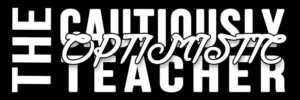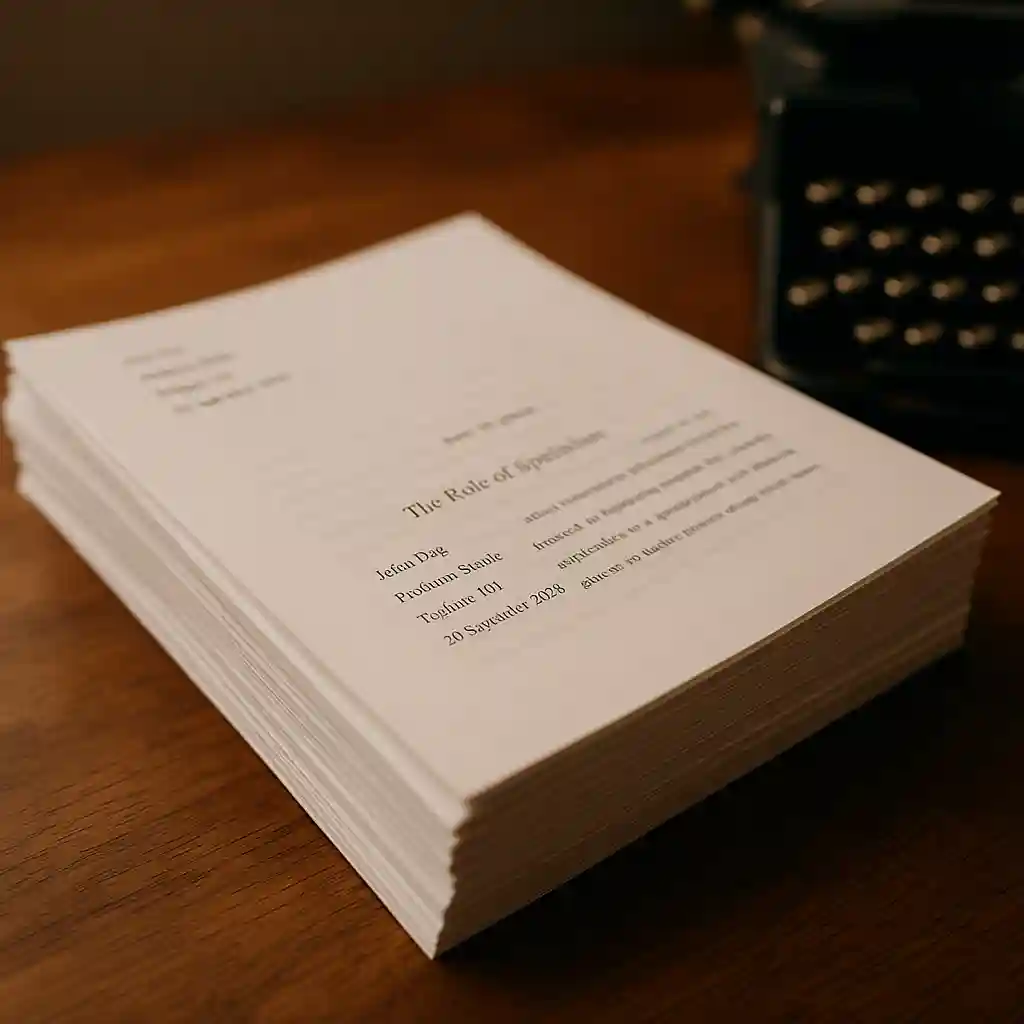1. Simple Present Tense Review
Start today with a quick review of the simple present tense. This short grammar refresher helps reinforce consistent verb use before students move into essay writing. The simple present tense is one of the most common tenses used in formal writing—it’s perfect for stating facts, summarizing literature, and explaining ideas clearly.
Encourage students to identify examples of the simple present tense in their own writing. They can check their essays for moments where the tense shifts unintentionally and revise those sections for smoother, more professional expression.
2. MLA Formatting Introduction
Once grammar is out of the way, it’s time to introduce MLA formatting.
This style might sound intimidating at first, but it’s really just a set of conventions to help readers easily navigate and understand academic writing. MLA formatting ensures that everyone’s papers look uniform, professional, and credible—a vital skill not only for English class but for all academic work moving forward.
During this lesson, we’ll walk through the major components of MLA formatting, including:
Setting up the document (font, margins, spacing)
Creating a proper heading and title
Formatting in-text citations
Building a Works Cited page
You might distribute the MLA Formatting Tipsheet for quick reference. Have students open their essay documents and begin applying the correct formatting as you review each section together. It’s best to let them adjust their own files as you go—active practice makes this skill stick much faster.
3. Work Period: Essay Outline or Rough Draft
If there’s time remaining after the formatting review, have students continue developing their essay outlines or rough drafts.
Encourage them to:
Apply MLA formatting to their current work.
Double-check their essay structure using their outline.
Use today’s grammar review to polish sentences for clarity.
This is also a good opportunity to circulate the room and offer targeted feedback—especially on structure, tone, or citation accuracy.

